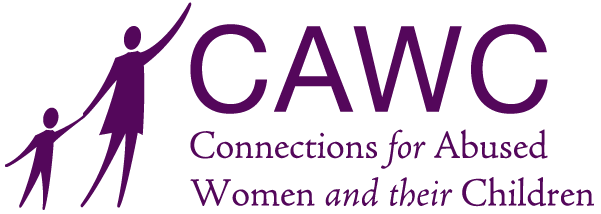The Vital Role of Mental Health Services in Domestic Violence Shelters
May is Mental Health Awareness Month, and during this month and beyond, it’s especially important to consider the mental health effects of domestic violence on survivors and their children. Although many may not realize it, domestic violence shelters play a key role...
The Impacts of Domestic Violence on Survivor Mental Health
May is a pivotal month for women’s health awareness, serving as National Mental Health Awareness Month, Women's Health Month, and Maternal Mental Health Awareness Month. It’s imperative to support the mental health of women and mothers during this time and throughout...
National Child Abuse Prevention Month and the Impact of Domestic Violence
April is National Child Abuse Prevention Month, a time dedicated to raising awareness and fostering understanding about the critical issue of child abuse and its prevention. Within this context, it's essential to explore the deeply intertwined relationship between...
Sexual Assault Awareness Month: Understanding Sexual Assault and Domestic Violence
April is National Sexual Assault Awareness Month, a vital opportunity to raise public awareness about sexual violence and educate communities on how to address and prevent it. Sexual assault is closely tied to domestic and intimate partner violence. Nearly half of...
What Does “Trauma-Informed” Care Mean?
Domestic violence leaves more than just physical scars. It profoundly impacts the emotional and psychological well-being of survivors, often resulting in long-lasting trauma. Understanding and addressing this trauma is crucial in aiding survivors on their journey to...
What Are Holistic Domestic Violence Services?
Domestic violence transcends physical harm; it deeply affects the psychological, social, legal, and financial well-being of survivors. Holistic domestic violence services aim to address this multifaceted reality by providing comprehensive support. This approach is...
The Benefits of Having a Domestic Violence Shelter in Your Community
Domestic violence is a critical social problem that affects not just abuse survivors and their children, but entire communities and their economies. Although many people may not realize it, domestic violence shelters offer sanctuary and targeted support to survivors...
Understanding and Preventing Teen Dating Violence
Teen dating violence (TDV) is a pervasive issue that affects young people across the US and beyond, including people of all genders, races, socioeconomic classes, and sexual orientations. Of these, young women, non-cisgender people, and non-heterosexual people...
The Benefits of Family Trauma Therapy
Family trauma therapy, also known as trauma-focused therapy, is a vital resource for trauma survivors and their families, offering a path to healing and strengthening familial bonds. This specialized form of therapy addresses the complex and often intergenerational...
Understanding Stalking: Combating a Silent Threat
January marks National Stalking Awareness Month, a critical time to shed light on a pervasive and often misunderstood form of abuse. Stalking is a pattern of repeated, unwanted attention and contact by a person that causes fear or concern for one's safety, and it...
Why Domestic Violence Increases During the Holiday Season
The holiday season is a time designed to bring out the best in people: many of us strive to be more emotionally charitable at family and social gatherings, or financially charitable toward our favorite organizations and causes. Being our best selves can come as a...
Reasons to Give the Gift of Hope to Domestic Abuse Survivors This Holiday Season
Domestic violence is a pervasive issue that affects millions of Americans each year. One in four women experience severe domestic partner violence in their lifetime, and it accounts for 15% of all violent crime in the US. The prevalence of domestic violence is not...
The History of Domestic Violence Awareness Month
October is Domestic Violence Awareness Month (DVAM), and it has a rich and interesting history that is at times intertwined with other causes related to supporting vulnerable populations. However, the relative recency of much of the most impactful progress speaks...
3 Things Public Demonstrations Accomplish For Human Rights
In recent years — more than any other era since the civil rights movement — Americans have witnessed the power of human rights protests and of social justice movements in driving social and political conversations. But can human rights activists bring about real and...
Things To Know About the History of the Domestic Violence Movement
The Domestic Violence Movement has a rich history centered on social justice and women's basic human rights, and the events on its timeline speak volumes about the pace and kinds of progress made on this front. Until the 19th century, there were no consistently...
Why Are Marches, Rallies, and Protests Important?
Everyone should know about the power of protest and why successful protests are important. Recent Marches and Protests Here are some examples of recent marches and protests that expressed mass public dissent. Given that there remain so many grave things to protest...
Ways IPV During Pregnancy Harms Mothers and Unborn Babies
Intimate Partner Violence (IPV) during pregnancy has significant negative physical and mental health implications for both the mother and the developing child. Understanding these consequences is crucial for raising awareness, providing support, and promoting...
Key Facts To Know About Pregnancy and Intimate Partner Violence
Pregnancy is a transformative and vulnerable time in a person's life. For some individuals, this vulnerability becomes acutely dangerous when it coincides with experiences of intimate partner violence (IPV). Understanding the intersection between pregnancy and IPV is...
